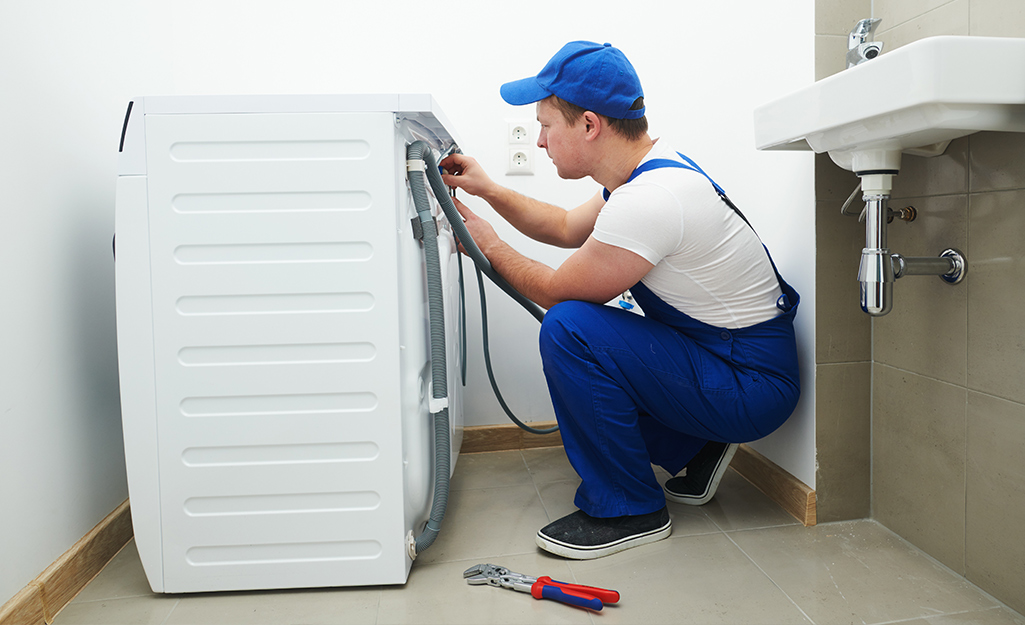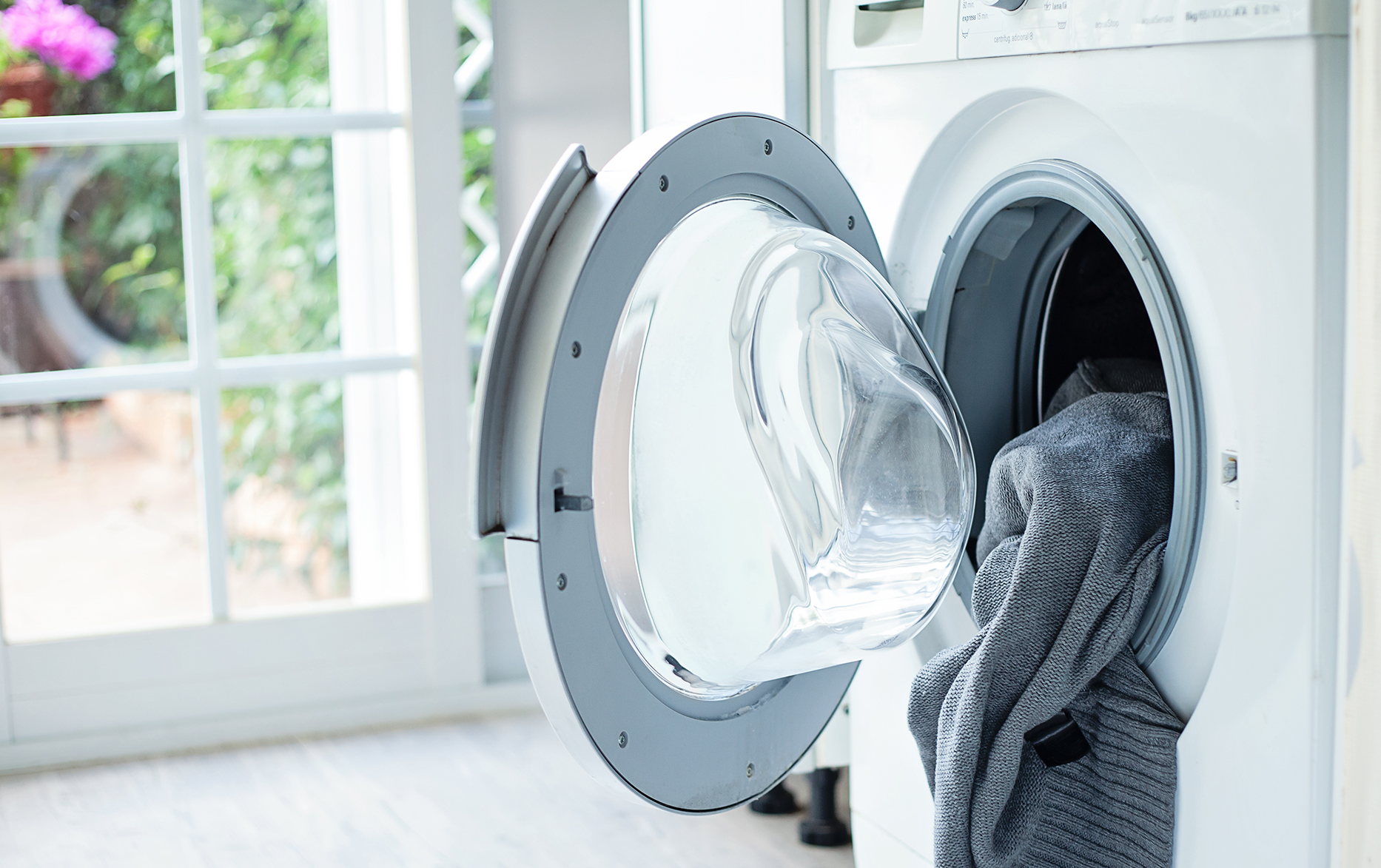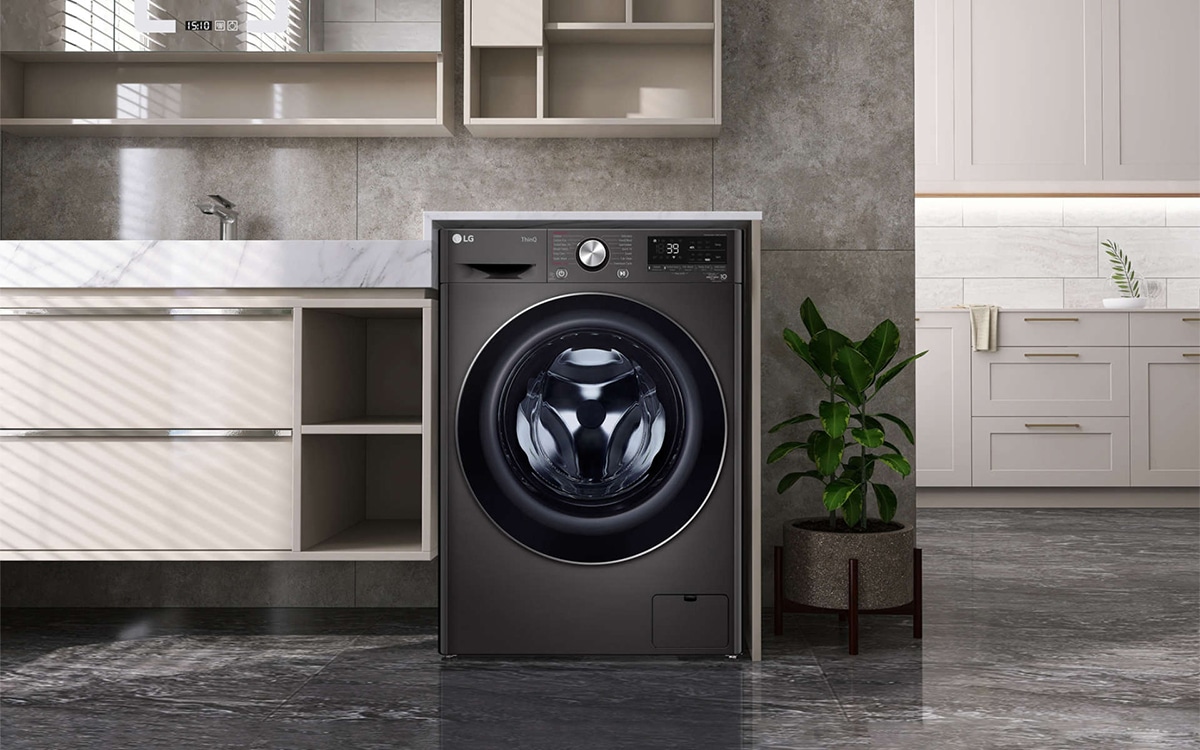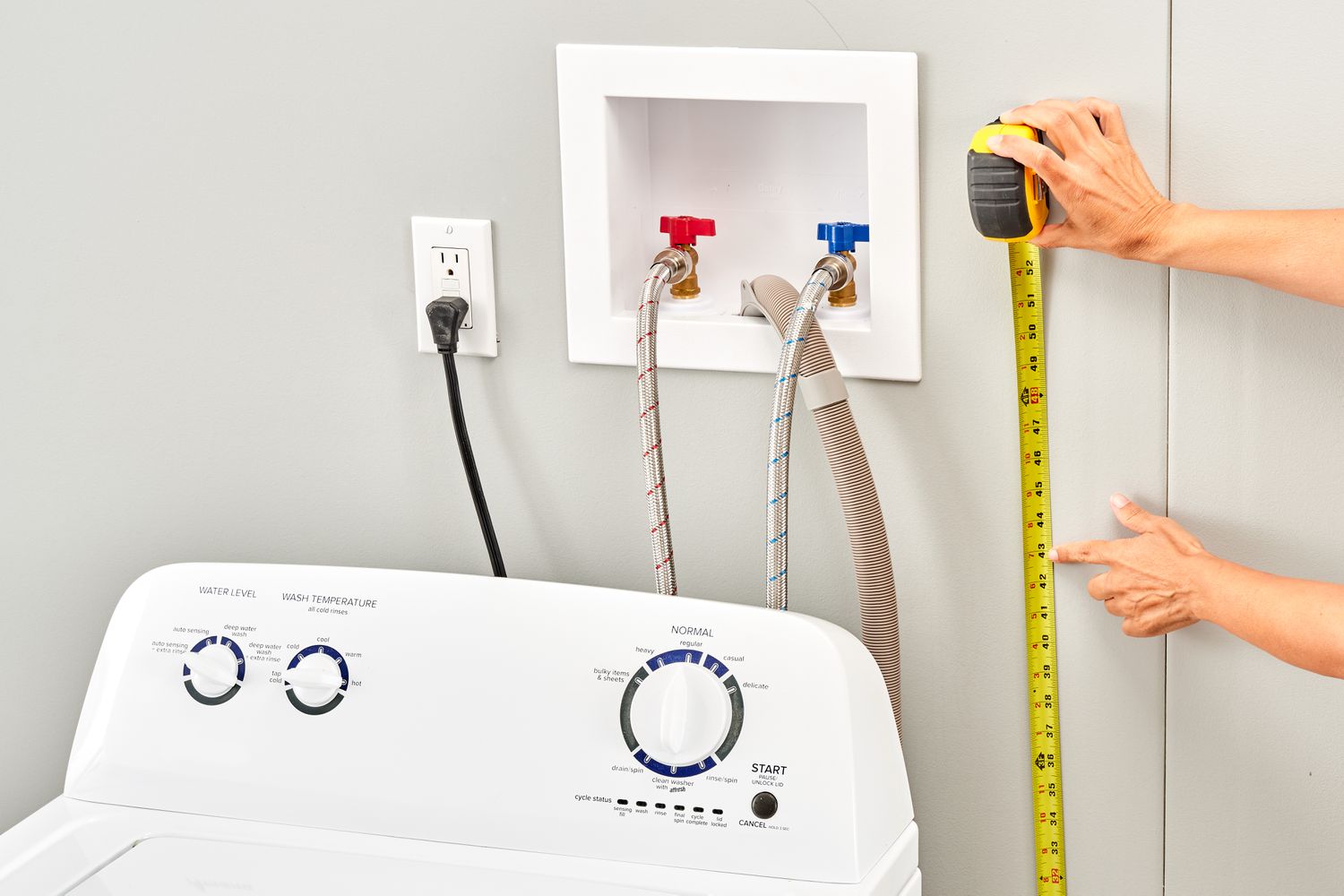Introduction
Installing a washing machine requires careful consideration of the available space to ensure proper functionality and convenience. The space requirements for your washing machine will depend on various factors, including the dimensions of the appliance, the type of installation (e.g., freestanding or built-in), and any additional clearance needed for proper ventilation and access. In this guide, we will provide specific details and considerations to help you determine the amount of space needed for installing a washing machine in your home.

How much space do you need to install a washing machine?
I. Dimensions of the Washing Machine
-
Measurement Variations:
- Washing machines come in different sizes and configurations, which can affect the space requirements. It is crucial to refer to the manufacturer’s specifications for the precise dimensions of the appliance you are considering.
-
Width:
- The width of washing machines typically ranges from 24 to 27 inches (60 to 68.5 cm), with some compact models measuring as narrow as 23 inches (58 cm). It is essential to ensure that the space you have available can accommodate the width of your chosen washing machine.
-
Depth:
- The depth of washing machines can vary significantly, with standard models ranging from 25 to 32 inches (63.5 to 81 cm). Front-loading machines usually have more depth than top-loading ones. Consider the depth of the washing machine along with any additional clearances required to determine the necessary space.
-
Height:
- The height of washing machines ranges from 33 to 43 inches (84 to 109 cm), depending on the model and additional features. Ensure that the height of the appliance, along with any clearance needed for installation and maintenance, can be accommodated in your available space.
II. Type of Installation: Freestanding or Built-In
-
Freestanding Installation:
- Freestanding washing machines are designed to be placed in a designated area without the need for additional cabinetry or enclosure. They require sufficient space around the appliance for easy access to loading and unloading laundry and for connecting the water supply and drainage.
-
Built-In Installation:
- Built-in washing machines, also known as integrated or under-counter machines, are designed to be installed within cabinetry or under a countertop. These installations require additional considerations for the dimensions and layout of the surrounding cabinets to ensure a proper fit.

III. Clearance Requirements
-
Access Clearances:
- To ensure convenient access to the washing machine, leave enough space in front of the appliance for loading and unloading laundry. The recommended clearance is typically around 36 inches (91 cm) in front of the machine, although this may vary depending on your comfort and the available space.
-
Ventilation Clearances:
- Adequate ventilation is essential to prevent overheating of the washing machine and promote efficient airflow. Leave a clearance of at least 1-2 inches (2.5-5 cm) on the sides and several inches (6-8 cm) at the back of the appliance to allow proper circulation and ventilation.
-
Door Swing Clearance:
- Consider the swing of the washing machine’s door when determining the space requirements. Ensure that there is enough space for the door to open fully without obstruction, allowing easy access to the interior for loading and unloading laundry.
-
Drainage Clearance:
- Position the washing machine with enough clearance for the drainage hose to reach the appropriate drain without any kinks or obstructions. Ensure the hose can be connected securely and allow for easy access during maintenance.
IV. Location Considerations
-
Laundry Room or Dedicated Space:
- Determine the most suitable location for your washing machine, whether it is a designated laundry room or another space in your home. Consider factors such as proximity to the water supply and drainage connections and the impact on noise levels in living areas.
-
Flooring and Drainage Requirements:
- Install the washing machine on a stable and level surface. If placed on an elevated platform or upper level, ensure the floor can support the weight of the appliance and provide easy access for installation and maintenance. Ensure there is a proper drainage system in place to handle any potential leaks or overflow.

V. Allowing for Adjustments
-
Levelling the Washing Machine:
- Most washing machines have adjustable feet or leveling mechanisms to ensure stability and minimize vibration during operation. Leave space to make adjustments to the leveling feet if necessary.
-
Countermeasure for Vibration:
- To mitigate vibration and noise, consider placing anti-vibration pads or mats under the washing machine. These can help stabilize the appliance and reduce the transfer of vibrations to the floor and surrounding areas.
VI. Professional Advice and Manufacturer Recommendations
-
Consult the Manufacturer’s Guidelines:
- Always refer to the manufacturer’s guidelines and installation instructions provided with your washing machine. Manufacturers often provide specific recommendations for space requirements, clearances, and other installation considerations for their appliances.
-
Seek Professional Assistance:
- If you are uncertain about the space requirements or have specific installation constraints, it is advisable to seek professional assistance from plumbers, electricians, or appliance technicians. They can provide expert guidance and ensure a proper and safe installation.

VIII. Maximizing Space Efficiency and Organization
-
Stackable Washer-Dryer:
- If you have limited space, consider opting for a stackable washer-dryer combination. This allows you to have both appliances in the same footprint, saving valuable floor space. Ensure that the laundry area has adequate ceiling height and follow the manufacturer’s guidelines for proper installation.
-
Overhead Cabinets or Shelves:
- Install overhead cabinets or shelves above the washing machine to maximize vertical space. This provides additional storage for laundry supplies, detergent, and other accessories, keeping them within easy reach while keeping the area organized.
-
Side-by-Side Configurations:
- If space allows, consider positioning the washing machine side-by-side with other appliances, such as a dryer or utility sink. This arrangement maximizes efficiency by consolidating laundry-related functions in one area.
IX. Safety Precautions and Compliance
-
Grounding and Electrical Safety:
- Ensure proper grounding of your washing machine by following the manufacturer’s instructions or consulting with a qualified electrician. Proper grounding helps prevent electrical hazards and ensures the appliance operates safely.
-
Water Supply Connections:
- Use high-quality hoses with built-in flood prevention devices or install a water leak detection system to minimize the risk of water damage in case of hose failure. Regularly inspect the hoses for wear and replace them as needed.
-
Adequate Ventilation:
- Proper ventilation is important to prevent mold or mildew growth and ensure efficient dryer performance. If your laundry area includes a dryer, ensure there is adequate ventilation to remove moisture and lint from the dryer exhaust.

VII. Conclusion
Determining the space requirements for installing a washing machine involves considering the dimensions of the appliance, the type of installation, and the necessary clearances for access, ventilation, drainage, and door swing. Space must also be available for making adjustments and ensuring proper leveling.
Always consult the manufacturer’s specifications and guidelines for your specific washing machine model and seek professional assistance if needed. By carefully planning and considering these factors, you can ensure a suitable and convenient space for installing your washing machine, ensuring optimal performance and efficiency in your laundry routine.

